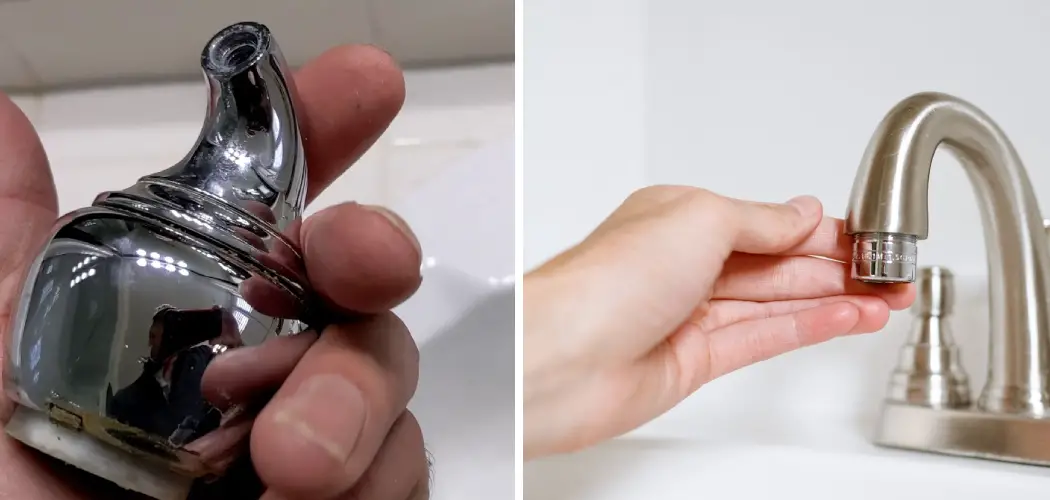It is always frustrating to find out that your faucet threads have become stripped. Whether you need a new washer or O-ring, the right combination of parts and tools makes it easy to repair without having to replace the entire faucet.
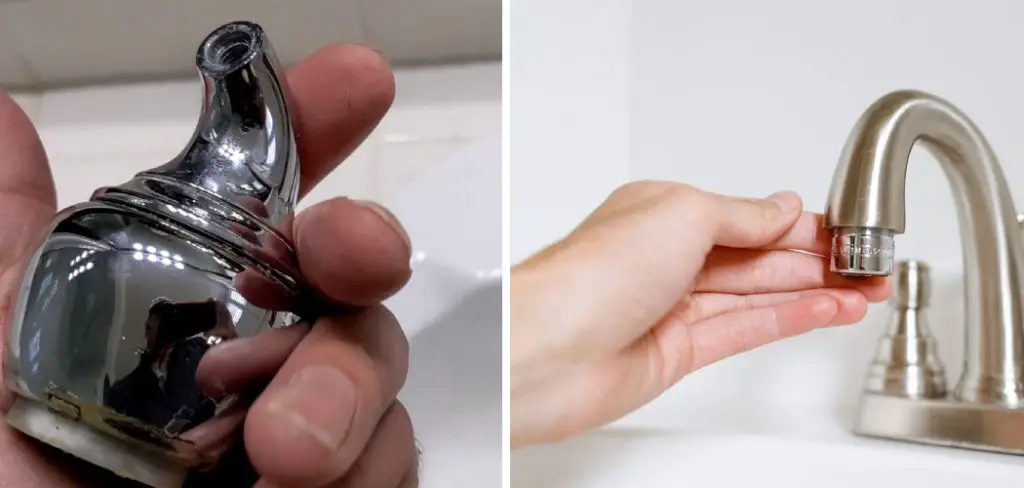
In this blog post, we will be discussing how to fix stripped faucet threads using just a few simple techniques so that you can get your plumbing back in working order as quickly as possible. Read on for all the information you need!
Can You Rethread a Stripped Thread?
Yes, you can rethread a striped thread. To do this, you will need to use a tap-and-die set to cut new threads into the faucet’s body. This should be done with care in order to ensure that the threads are not damaged further.
Once complete, a new washer or O-ring can be used to seal the connection and prevent any further leaking. Additionally, make sure to use plumbers’ tape, thread sealer, or other similar materials to ensure that the connection is sealed properly.
10 Methods How to Fix Stripped Faucet Threads
1. Use a Pipe Repair Kit
If you have a pipe repair kit, you can use it to fix your stripped faucet threads. The kit will come with a set of instructions, but basically, you’ll need to apply the epoxy that’s included in the kit to the stripped threads and then screw the sleeve onto the faucet. Once the epoxy has dried, you’ll be able to use your faucet as normal. If you don’t have a pipe repair kit, you can purchase one at any home improvement store.
2. Use Teflon Tape
If you don’t have a pipe repair kit, you can try using Teflon tape. Wrap the tape around the threads until they’re covered, and then screw on the sleeve. The Teflon will help to create a seal so that water doesn’t leak out. Keep in mind, though, that Teflon tape doesn’t always hold up as well as a pipe repair kit and should only be used for small leaks. Make sure you check the tape regularly and replace it as needed.
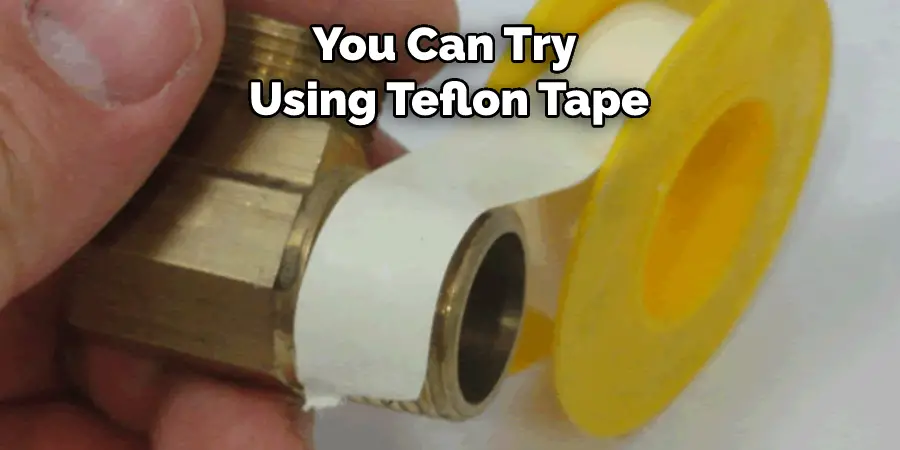
3. Use Plumber’s Putty
Another option is to use a plumber’s putty. Just apply the putty to the stripped threads and then screw on the sleeve. The putty will create a seal and will also help to hold the sleeve in place. Plumber’s putty is durable and can last a long time. It is also relatively inexpensive and easy to find at most hardware stores. Keep in mind that it will take a bit of time to apply the putty and may require some additional tools. However, the extra effort will be worth it in the long run, as you can count on a secure connection.
4. Use Epoxy Putty
If you can’t find plumber’s putty, you can try using epoxy putty. Just follow the same instructions as for the plumber’s putty – apply it to the stripped threads and then screw on the sleeve.
The epoxy will create a strong seal and will also help to hold the sleeve in place. Be sure to give the epoxy enough time to cure before using the sink. This will ensure that it is properly sealed and won’t leak. Make sure to read the instructions on the packaging, as some epoxies may require special tools or techniques to apply.
5. Use JB Weld
JB Weld is a product that can be used to weld metal, and it can also be used to fix stripped faucet threads. Just apply the JB Weld to the stripped threads and then screw on the sleeve. Once it dries, it will create a strong bond that will hold the sleeve in place and prevent water from leaking out.
While JB Weld is a great product for fixing stripped faucet threads, it does have its limitations. It’s not designed to be used on plastic parts, and it’s not meant to replace stainless steel, brass or copper fittings. Additionally, JB Weld should never be used in areas where water pressure is high. If you’re unsure if JB Weld will work for your application, it’s best to consult an expert before using it.
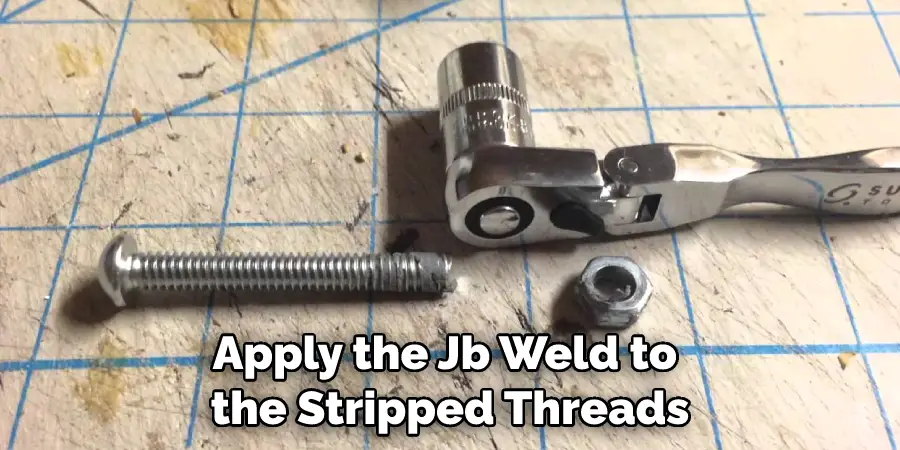
6. Use Loctite Super Glue Gel Control
Loctite Super Glue Gel Control is another product that can be used to fix stripped faucet threads. Just apply a small amount of glue to the stripped threads and then screw on the sleeve.
The glue will dry quickly and create a strong bond that will hold the sleeve in place and prevent water from leaking. If you are looking for an easy and reliable way to fix stripped faucet threads, Loctite Super Glue Gel Control is a great option. While this product is not as strong as Teflon tape, it will still provide a dependable solution that can last for years.
7. Use WD-40 Specialist Rust Release Penetrant Spray
WD-40 Specialist Rust Release Penetrant Spray is a product that can be used to lubricate and protect metal surfaces from rust. It can also be used to fix stripped faucet threads. Just spray some WD-40 onto the stripped threads and then screw on the sleeve. This should help to create a tight seal and prevent water from leaking.
Make sure to use WD-40 in a well-ventilated area when you are working with it, as the fumes can be hazardous. Additionally, this product is not suitable for use on plastic, rubber, or painted surfaces.
If you need to lubricate these materials, make sure to choose a product specifically designed for that purpose. With its powerful formula and rust-fighting capabilities, the WD-40 Specialist Rust Release Penetrant Spray is an excellent choice for protecting metal surfaces from rust and moisture.
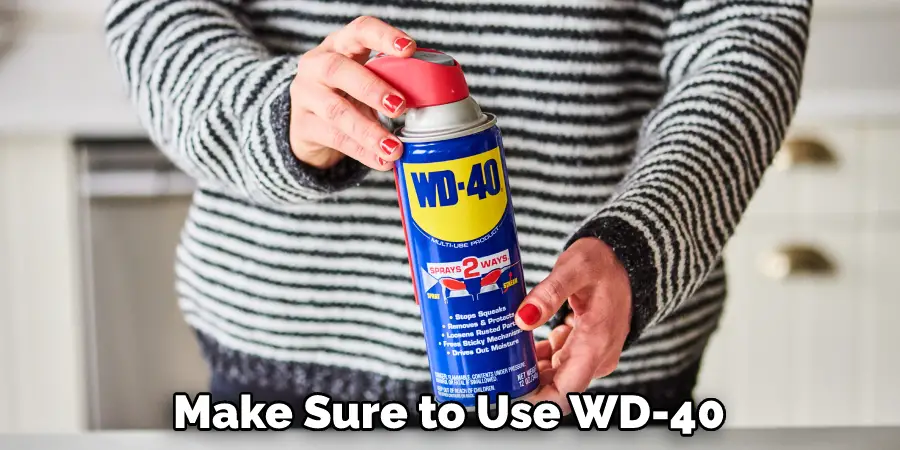
8. Use Thread Sealant Tape
Thread Sealant Tape, also known as Teflon tape, can be used to fix stripped faucet threads. Just wrap the tape around the threads until they’re covered, and then screw on the sleeve.
The tape will help to create a tight seal so that water doesn’t leak out. Be sure to use the right type of tape for your faucet, and follow the manufacturer’s instructions for proper installation. Once you’re finished, turn on the water and check for any leaks. If everything looks good, you can enjoy your newly fixed faucet!
9. Use an O-Ring
An O-ring is another way you can fix stripped faucet threads. All you need to do is remove the old washer or O-ring from the faucet and replace it with a new one that fits properly. Then just screw on the sleeve, and the O-ring will create a seal so that water doesn’t leak out.
Be sure to use the plumber’s tape on the outside of the O-ring for an extra secure seal. You can get your faucet working like new again with a little effort. However, if you’re still having trouble, it may be time to replace the faucet altogether. Either way, a few simple steps can get your faucet back in working order. Good luck!
10. Re-thread the Faucet
Finally, if all else fails, you can try to re-thread the faucet. To do this, you will need to use a tap-and-die set to cut new threads into the faucet’s body. This should be done with care in order to ensure that the threads are not damaged further.
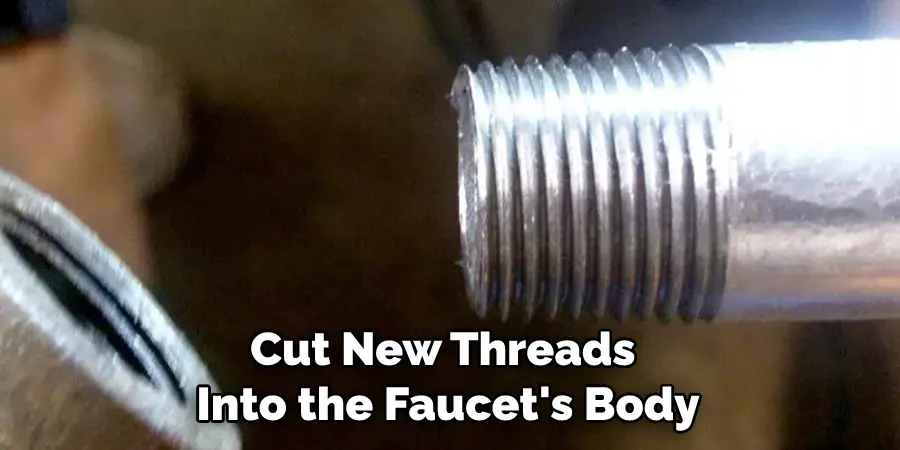
Once complete, a new washer or O-ring can be used to seal the connection and prevent any further leaking. Additionally, make sure to use plumbers’ tape, thread sealer, or other similar materials to ensure that the connection is sealed properly.
Things to Consider When Fixing Stripped Faucet Threads
1. Determine the Size and Type of Thread on Your Faucet:
If you’re unsure, take a picture of the faucet and take it to a local hardware store for help. Knowing the thread size and type will make finding the right parts much easier.
2. Buy the Right Parts:
Make sure to buy parts that are compatible with your faucet and of good quality. If you’re not sure, bring the picture from the first step along when you go shopping for parts.
3. Apply Thread Tape if Necessary:
Thread tape is a thin ribbon made of plastic or metal that can help seal watertight connections on threaded pipes. You may need to apply some thread tape to ensure a secure connection once the new parts are installed.
4. Make Sure All Pipes Are Clean and Dry Before Reassembling:
It’s important to make sure all pipes and threads are clean and dry before reassembling the faucet. This will help ensure a secure connection and avoid future problems with leaks.
Conclusion
Fortunately, fixing a stripped faucet is easy and only takes a few minutes. With the right tools, you can have your faucet working like new in no time. So next time your faucet starts to leak, don’t panic! Just follow these simple steps on how to fix stripped faucet threads, and you’ll be back in business in no time.

